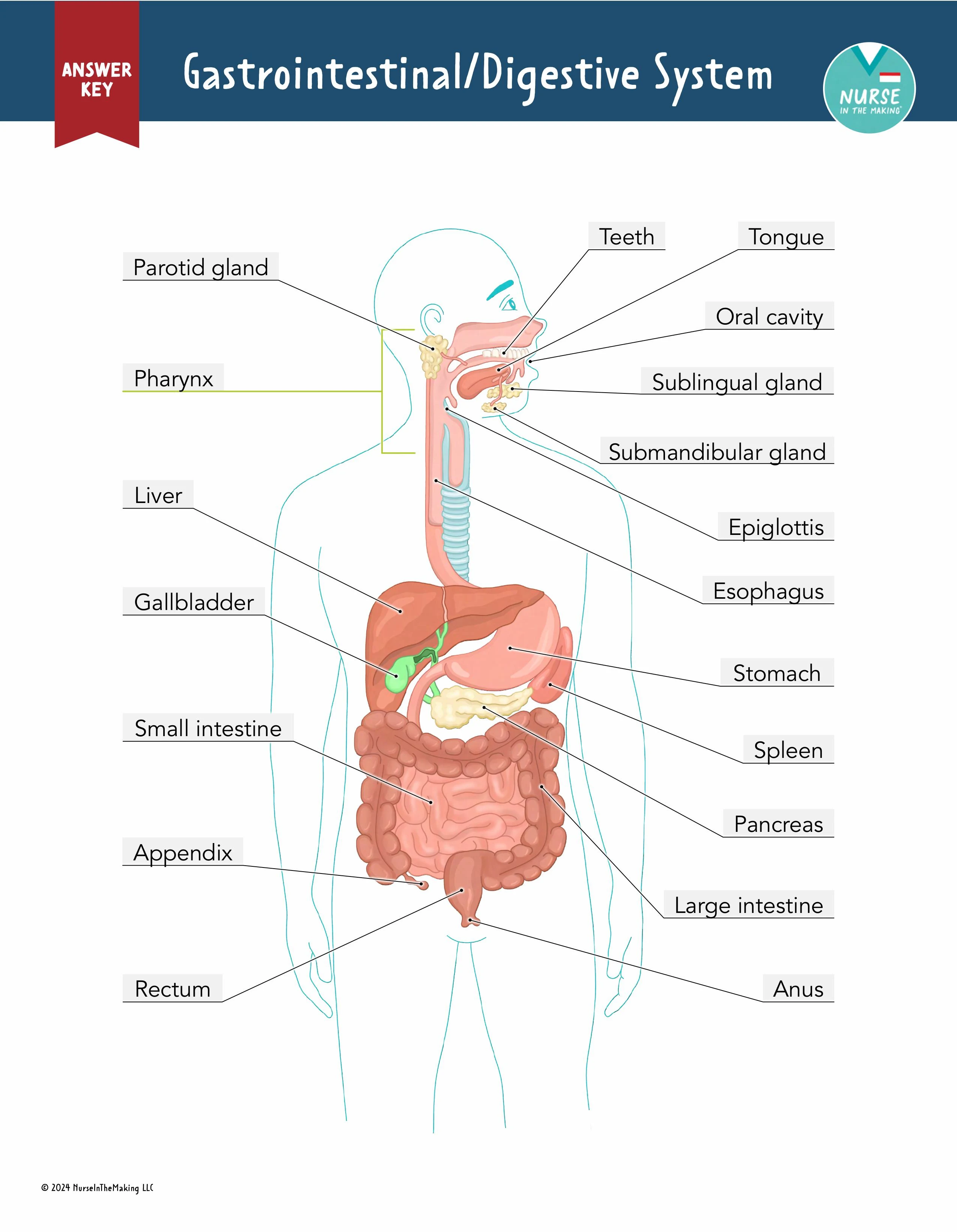Anatomy & Physiology for Nursing - Anatomy and physiology (A&P) are foundational subjects for nursing and healthcare, providing the understanding necessary to assess, diagnose, and treat patients. This comprehensive guide breaks down the basics of human anatomy, physiology, and their application in healthcare.
Anatomy vs. Physiology
Anatomy is the study of body structures, including their forms and organization, whereas physiology focuses on the functions of these structures. Both can be categorized further:
- Gross Anatomy: Studies large, visible structures, such as organs and bones.
- Microscopic Anatomy: Explores structures requiring magnification, like cells (cytology) and tissues (histology).
Directional Terms and Anatomical Planes
Understanding directional terms (e.g., anterior, posterior, superior) is critical for describing the body's orientation. Anatomical planes include:
- Sagittal Plane: Divides the body into left and right sections.
- Coronal Plane: Splits the body into front (anterior) and back (posterior).
- Transverse Plane: Creates upper and lower halves.
Basic Chemistry in the Body
The human body relies on chemical processes, categorized as:
- Atoms: The smallest unit of elements.
- Molecules: Groups of two or more atoms bonded together.
- Compounds: Molecules formed from atoms of different elements.
Examples include water (H₂O) and glucose (C₆H₁₂O₆), which are vital for cellular function.
Anatomy vs. Physiology - Key Differences, Functions and Examples
Levels of Organization in the Human Body
The body is organized hierarchically:
- Chemical Level: Atoms and molecules.
- Cellular Level: The basic structural unit.
- Tissue Level: Groups of similar cells (e.g., epithelial, muscle).
- Organ Level: Composed of multiple tissues for specific functions.
- Organ System Level: Collaboration of organs (e.g., cardiovascular system).
- Organism Level: The human body as a whole.
Key Organ Systems
Cardiovascular System
Heart and Blood Vessels: Transport oxygen, nutrients, and waste.Arteries and Veins: Arteries carry oxygenated blood away, while veins return deoxygenated blood.
Respiratory System
Primary Structures: Trachea, bronchi, lungs.Gas Exchange: Occurs in alveoli, where oxygen enters and carbon dioxide exits.
Digestive System
Process: Ingestion (oral cavity) → Digestion (stomach, small intestine) → Absorption (small intestine) → Elimination (large intestine, rectum).Urinary System
Primary Organs: Kidneys filter blood; ureters, bladder, and urethra store and eliminate urine.Function: Maintains electrolyte and fluid balance.
Specialized Functions and Pathology
Blood Composition
Components: Plasma (55%), erythrocytes (45%), leukocytes, and platelets (1%).Blood Types: O-negative is the universal donor, while AB-positive is the universal recipient.
Musculoskeletal System
Muscle Types:- Skeletal: Voluntary, striated.
- Cardiac: Involuntary, striated.
- Smooth: Involuntary, non-striated.
Endocrine System
Hormones: Chemical messengers like insulin (regulates blood glucose) and adrenaline (stress response).Nervous System
Central Nervous System (CNS): Brain and spinal cord, integrating sensory information.Peripheral Nervous System (PNS): Connects CNS to the body.


























































